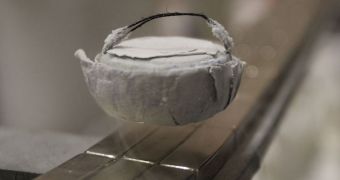The latest high-temperature superconductors that were discovered by scientists were found to exhibit fairly similar properties under certain conditions, and physicists thus far had no idea as to why that happened. A new study now helps shed some light on that mystery.
For the research, physicists from the Rice University collaborated closely with colleagues from the US Department of Energy's (DOE) Los Alamos National Laboratory (LANL). The results of the work were presented to the public this week.
The main goal of the study was explaining why superconducting compounds that did not resemble each other in any way had similar behaviors. This is the first time that a theoretical framework tries to explain the peculiar phenomenon.
In a paper accompanying the research, published in the latest issue of the esteemed scientific journal Physical Review Letters, the Rice-led team explains that the study was focused on pnictides.
These are families of iron-based materials, of which experts selected two dissimilar ones. What they did next was analyze the magnetic properties of electrons in the materials, and then investigate how these elementary particles turn the respective materials superconductive.
“The new superconductors are arguably the most important iron-based materials that have been discovered since the initial discovery of iron pnictide high-temperature superconductors in 2008,” explains lead study researcher Qimiao Si, who is a physicist at Rice.
“Our theoretical results provide a natural link between the new and old iron-based superconductors, thereby suggesting a universal origin of the superconductivity in these materials,” he goes on to say.
Researchers from China, Germany and United Kingdom were also involved in the new work, and their participation was mediated through the International Collaborative Center on Quantum Matter.
The investigation was funded by the DOE, the Robert A. Welch Foundation and the US National Science Foundation (NSF). It built on relatively new results, as the newest pnictides were only found about three years ago, and in 2010, respectively.
Both the pnictides used in this study were demonstrated to be able of becoming a superconductor at roughly the same temperature, if they underwent specific preparatory processes. Subtle variations in the way iron atoms are arranged in each material may be responsible for this, experts say.

 14 DAY TRIAL //
14 DAY TRIAL //